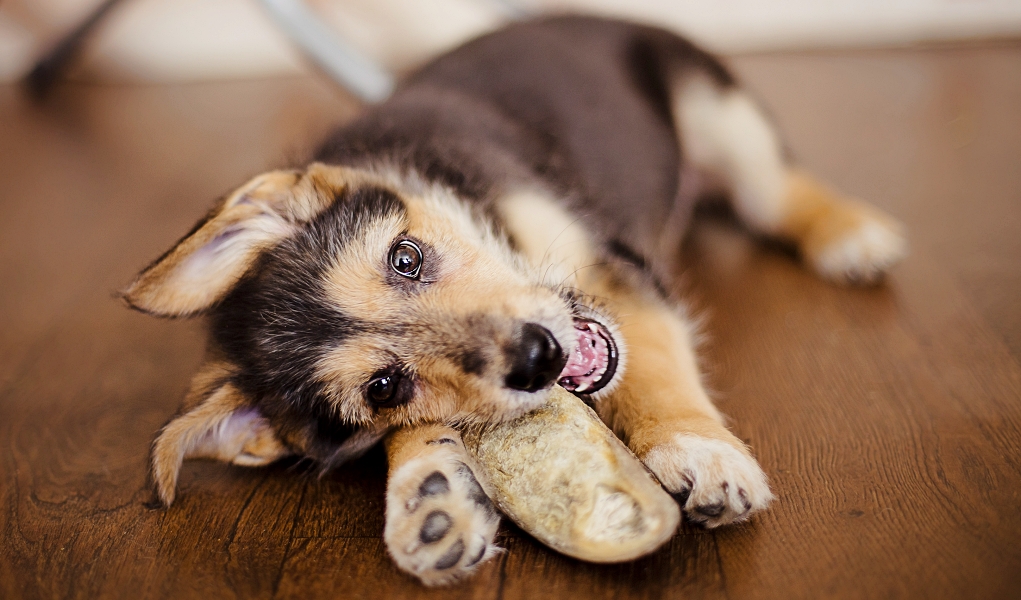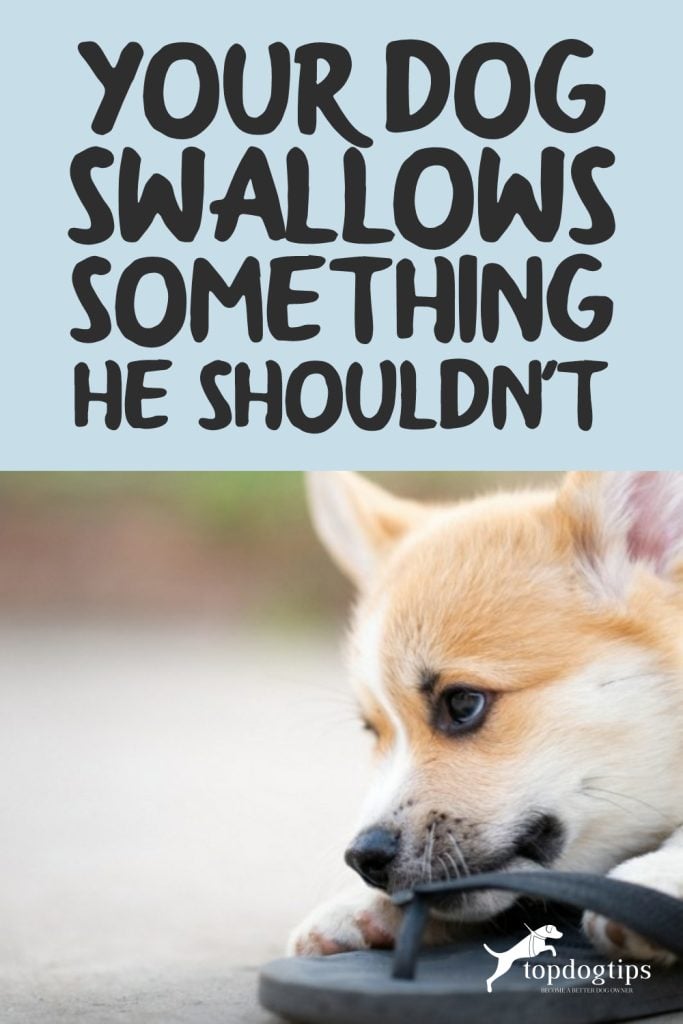Dogs are like young children.
They put things in their mouths when exploring the world around them.
While this teaches them about their surroundings and helps to satisfy their natural instinct to chew, it's also very dangerous.
Every owner should know what to do if your dog swallows something he shouldn't because there is a very good chance it will happen to your pet.
If this happens, it should always be treated as an emergency. This is why it's important to know what to do before you actually need it.
Socks, rocks, bones, hair ties, underwear, and sticks are some of the most common items that veterinarians have reported removing from a dog's digestive tract.
While most of these items seem harmless, they could cause a blockage resulting in internal damage or even death.
If your dog swallows a poisonous food or toxic substance, it could lead to irreversible damage in just a matter of minutes.
Learning what to do if your dog swallows something is important, but you should also have emergency phone numbers for your veterinarian and the Animal Poison Control Center easily accessible in case you need them in a hurry.

What To Do If Your Dog Swallows Something He Shouldn't
First and foremost, you should ALWAYS call your veterinarian for advice when your dog swallows something that he shouldn't.
Depending on what the item is, they will recommend what you should do next.
If the object is small and not sharp, your vet may recommend inducing vomiting to bring it back up.
Inducing vomiting may also be recommended if your dog swallows food or a liquid that is dangerous.
However, if your dog has swallowed a larger item or something with sharp edges, inducing vomiting would do more harm than good.
Large objects could get lodged in the throat, causing your dog to choke.
Objects with sharp edges could make lesions or cuts in the digestive tract when coming back up.
In this instance, your veterinarian would recommend bringing your dog for x-rays and possibly the surgical extraction of the item.
How To Make A Dog Throw Up
When learning what to do if your dog swallows something, knowing how to make your dog throw up is an important step.
Remember that you should never make your dog throw up unless instructed to do so by a professional.
As previously mentioned, you should have a list of emergency contact numbers in an easy-to-access location.
The list of emergency numbers should include:
- Your veterinarian's office
- Your local emergency veterinarian's office
- the Pet Poison Helpline (855-213-6680)
- the ASPCA Poison Control Center (888-426-4435)
Keep them saved in your phone and next to your pet's first aid kit or posted in an easy-to-access location.
Making a dog vomit isn't always recommended.
As I said, larger items could cause choking if brought back up.
Likewise, if your dog has ingested something acidic, it could do more damage by burning his throat if he throws it up.
If your veterinarian recommends inducing vomiting, you'll need a syringe and 3% hydrogen peroxide.
You can watch my quick video guide on this process for all of the details on how much peroxide to give and how long to wait between doses.
Vomiting will only work if your dog has swallowed the item in the past 2 hours.
After that, the object will have passed into his intestines, which means that vomiting will not bring it back up.
Most objects that are small enough to pass through to the intestines will pass through the entire system and be eliminated in the feces.
Sometimes, small items won't cause a problem and will pass on their own.
However, it is imperative that you consult with your vet as some objects are an exception to this rule.
For example, string, metal objects, and batteries are all exceptions. If your dog swallows one of these items, they will need to be taken to the vet immediately.
If your pet has swallowed something that isn't passing on its own or you begin to notice any worrisome signs, DO NOT WAIT!
Take your dog to the vet immediately.
Signs to look for include vomiting without results, excessive panting, drooling, lethargy, or distressed behavior.
If your dog does not eat or drink, there is swelling in the abdominal area, or your dog begins coughing, seek immediate veterinary care.
If your dog swallows something that he shouldn't, there is no time to waste.
The longer the object is in his body, the more damage it can cause.
Even just a few moments of waiting could be the difference between successfully removing the object and long-term damage.
Related Articles:
- Copper Poisoning In Dogs: Copper-Storage Hepatopathy
- My Dog Ate a Fly: Is My Dog In Danger?
- 4 Reasons Why Your Dog's Stomach is Hard and What To Do
Want To Share This…














